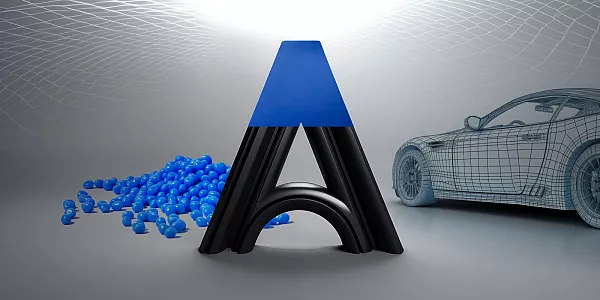With its FR3 compounds, KRAIBURG TPE is setting new standards for meeting the highest fire safety requirements
With the new FR3 series, KRAIBURG TPE has now developed the third generation of compounds for use in environments that place the highest demands on fire protection. All requirements of the European standard for railway applications DIN EN 45545-2 have been met.
With the new FR3 series, KRAIBURG TPE has now developed the third generation of compounds for use in environments that place the highest demands on fire protection. All requirements of the European standard for railway applications DIN EN 45545-2 have been met. In addition to their fire protection properties, TPE compounds in the FR3 series have other material properties that make them ideal for use in demanding environments, such as very good compression set values and improved tear resistance. Since power cables are often installed with multi-component plastic parts, excellent PP adhesion and processing in standard injection molding and extrusion processes are also important.
Effective fire prevention is essential, especially in places where large numbers of people gather in rooms within buildings or on public transport—even more so when escape routes are limited. High safety standards therefore always apply to passenger transport by rail. The fire safety requirements imposed on manufacturers of train parts and components are correspondingly high. Particular attention is paid to materials used in the field of energy supply, for example for cable management systems and cable glands or for seals.
Best fire protection properties for rail transport
With the FR3 series, KRAIBURG TPE has now launched the third generation of thermoplastic elastomers that meet special fire protection requirements. All specifications of the European standard for railway applications – fire protection in rail vehicles (DIN EN 45545-2, in particular R22 HL3 and R23 HL3) – have been met. In addition to their specific fire protection properties, TPE compounds in the FR3 series have outstanding material properties that make them ideal for applications in this demanding environment, including very good tear resistance values for halogen-free and flame-retardant TPE compounds.
In addition, the soft and elastic TPE materials of the FR3 series have improved resilience properties compared to their predecessors. Especially in the temperature range between 23 °C and 70 °C, these materials score highly in comparative tests with predecessor products and are therefore suitable for many sealing applications. Since current-carrying assemblies are made from polyolefins (PP), among other materials, excellent PP adhesion is one of the important requirements for the new FR3 TPE. In addition, they can be processed using proven thermoplastic injection molding and extrusion processes. Due to the thermoplastic material structure, cold runner distributors and 1-component defective parts, for example, can be shredded and added back into the in-process recycling system.
One of the key requirements for comprehensive flame protection in this market is now that the materials used are halogen-free: this is one of the basic prerequisites for the use of materials in train parts and components. Unlike halogen-containing materials, the FR3 series guarantees significantly lower toxicity in the event of a fire when smoke is generated, thus reducing the risk of harm to people who come into contact with it.
Confirmation by fire test according to UL94 Vertical Burning
While low smoke density and toxicity can be verified by railway standard tests, the UL94 vertical burning test ensures that the compounds react in a self-extinguishing manner in the event of a fire. The FR3 series guarantees V0 flame retardant classification even with a sample thickness of 1.5 mm.
“Thanks to their low smoke toxicity, our halogen-free, flame-retardant TPEs improve safety and health protection in the event of a fire,” summarizes Johanna Schmid, market specialist for industrial applications: “In addition, users of halogen-free solutions benefit from easier disposal at the end of the product life cycle.”
Disclaimer: The applications mentioned are illustrative of material capabilities only. Final product suitability and regulatory compliance must be assessed and validated by the customer.


